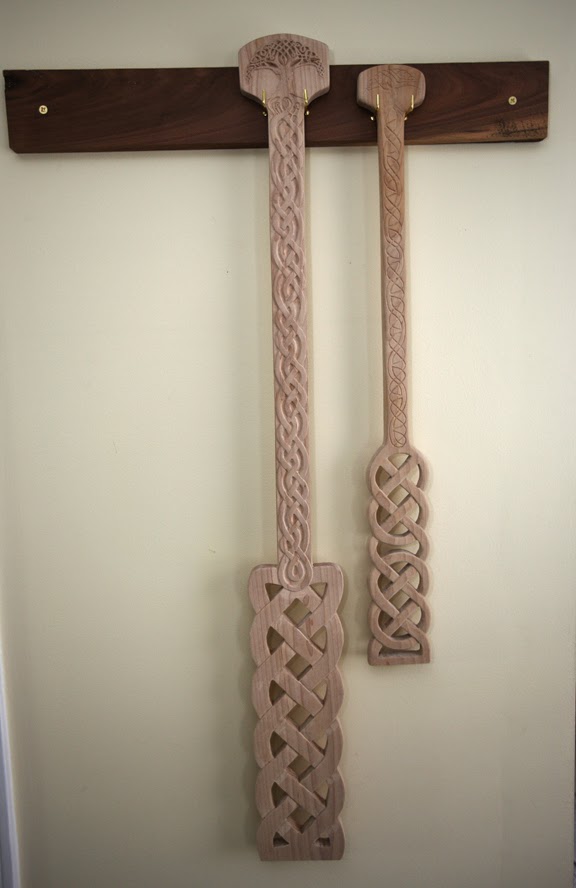The last few batches that I've brewed I've had issues with dough balls. I would work the mash paddle while my wife used a whisk, and we would still spend a good 10 minutes breaking up all of the clumps. I tried a coarser crush, I tried changing mash temperatures, I tried changing how fast I poured in the grain and still, crazy dough balls.
Today I'm making an Oktoberfest and suddenly, no dough balls! The only thing I did differently is that my grain bill did not use any of the bin of Crisp Pale Malt that had been the base malt for all the recipes with dough ball issues.
Has anybody else noticed this? Is there something about the UK malt that makes it prone to clumping up in the mash?
Today I'm making an Oktoberfest and suddenly, no dough balls! The only thing I did differently is that my grain bill did not use any of the bin of Crisp Pale Malt that had been the base malt for all the recipes with dough ball issues.
Has anybody else noticed this? Is there something about the UK malt that makes it prone to clumping up in the mash?


























![Craft A Brew - Safale S-04 Dry Yeast - Fermentis - English Ale Dry Yeast - For English and American Ales and Hard Apple Ciders - Ingredients for Home Brewing - Beer Making Supplies - [1 Pack]](https://m.media-amazon.com/images/I/41fVGNh6JfL._SL500_.jpg)





















